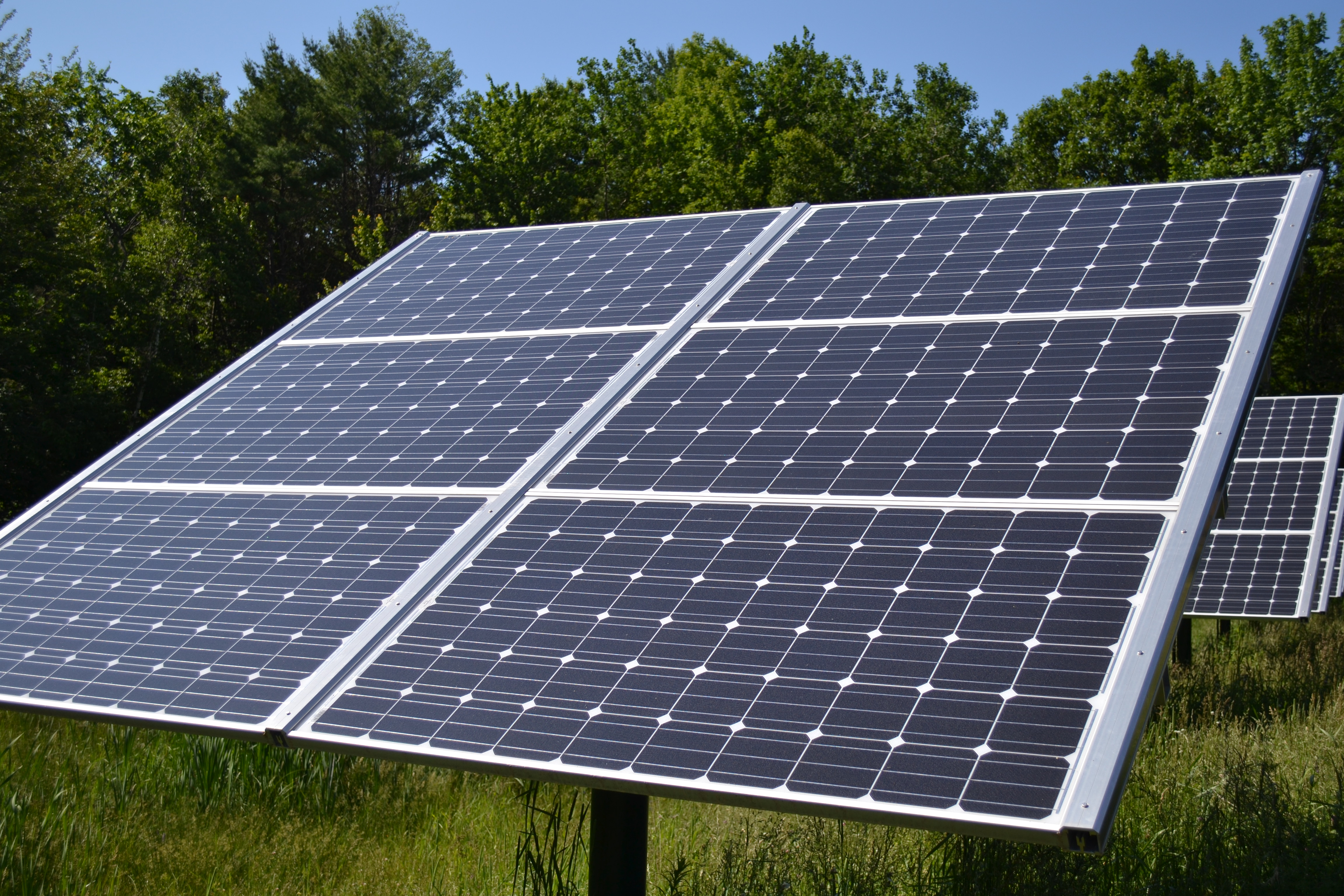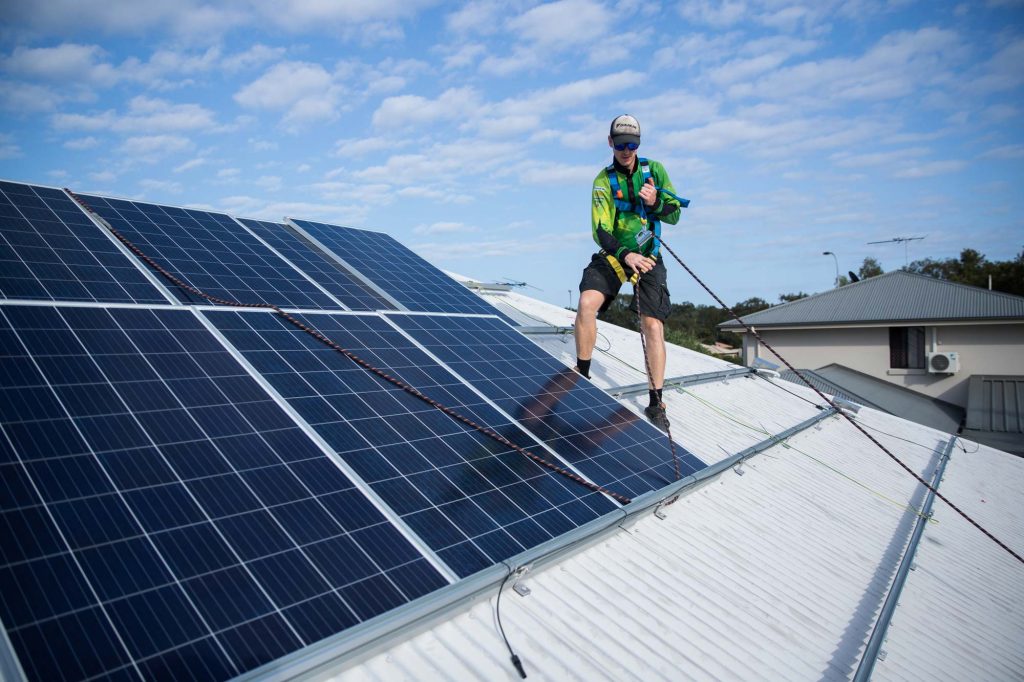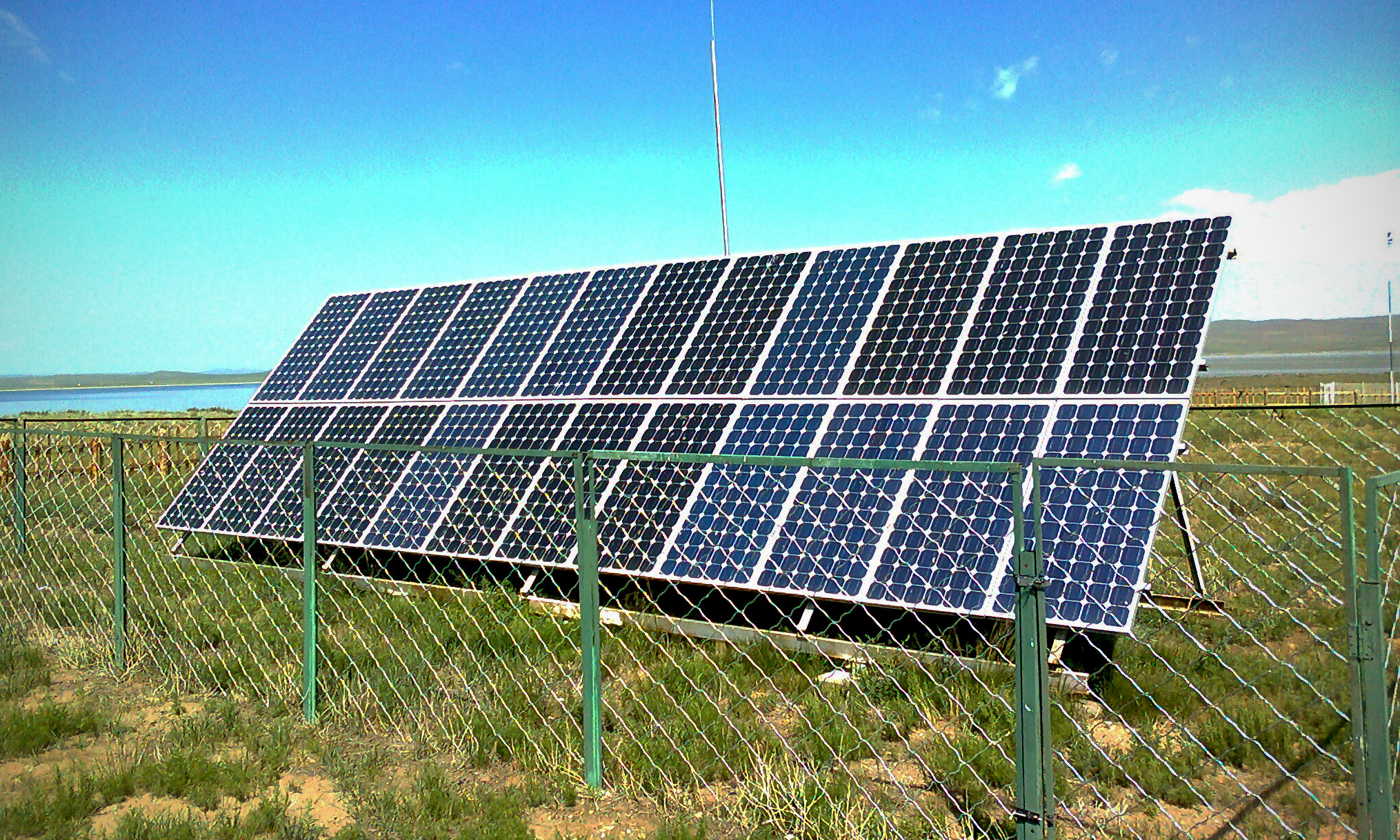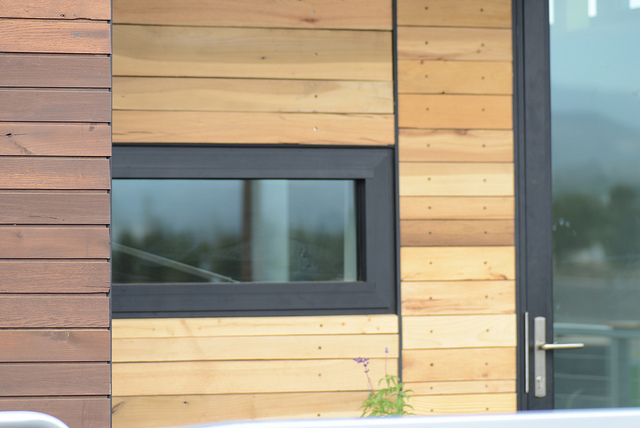The world is increasingly turning to renewable energy sources to meet its growing energy demands. One of the most abundant and readily available sources of clean energy is the sun. Solar power has gained immense popularity in recent years, with solar panels being installed on rooftops and open spaces all around the world.
But did you know that windows can also harness the power of the sun? In this article, we will explore the concept of solar coating for windows and how it can transform ordinary windows into solar generators.
Transforming Windows into Solar Generators
Solar coating technology allows windows to generate electricity from sunlight. These coatings can be applied directly onto existing windows, making any window a source of clean and renewable energy. Unlike traditional solar panels, solar-coated windows are unobtrusive and maintain their transparency.
Homeowners can reduce energy reliance and lower utility bills, while businesses can meet sustainability goals. This innovation has the potential to turn buildings into mini-power plants and contribute significantly to local power grids. With ongoing research to improve efficiency, solar-coated windows offer a brighter and more sustainable future.
Benefits of Solar Coating for Windows
Solar coating for windows offers significant cost savings on electricity bills by harnessing sunlight and converting it into electricity, reducing reliance on traditional power sources. This results in lower energy consumption and utility bills.
Additionally, solar coating contributes to a greener environment by generating clean electricity, reducing carbon footprints, and combatting climate change. Government incentives and tax credits may also be available to offset installation costs.
Solar-coated windows improve comfort by blocking harmful UV rays while allowing natural light, regulating indoor temperatures and reducing the need for air conditioning. They also provide privacy without compromising natural lighting.
Overall, investing in solar coating for windows presents a range of benefits including financial savings, environmental impact, potential incentives, improved comfort, and enhanced privacy features.
Understanding Solar Coating Technology: How it Works
Solar coating technology uses advanced materials to convert sunlight into electricity through photovoltaic conversion. These thin films are applied to windows, absorbing sunlight and converting it into electrical energy.
Different types of coatings offer varying efficiency levels, with some prioritizing electricity generation and others focusing on transparency and aesthetics. Consider your specific needs when choosing a solar coating for windows. These coatings also provide benefits such as UV protection and improved energy efficiency by reducing heat transfer.
By integrating solar coatings into architectural designs, buildings can become more sustainable and utilize renewable energy sources effectively.
Installing Solar Coating: Making Your Windows Energy Efficient
Installing solar coating on windows is an effective way to enhance energy efficiency. The process involves cleaning the window surface and applying specialized thin and transparent coatings. These coatings allow natural light to pass through while generating electricity.
By harnessing sunlight, solar coatings reduce energy consumption and contribute to sustainability. They also help regulate indoor temperatures and reduce reliance on heating and cooling systems. Moreover, solar coatings have a positive impact on the environment by reducing greenhouse gas emissions.
Embracing this technology creates a more sustainable and comfortable living or working environment while saving costs in the long run.
Maximizing Efficiency: Factors to Consider for Optimal Performance
To achieve optimal performance from solar-coated windows, there are several key factors that should be taken into consideration. The positioning and orientation of the windows play a crucial role in maximizing sunlight exposure and energy generation.
South-facing windows, for instance, receive more sunlight throughout the day, making them ideal candidates for solar coating.
In addition to window placement, architectural design features can greatly enhance the efficiency of solar-coated windows. Incorporating overhangs or awnings into the building’s design provides shade during peak sunlight hours, reducing heat gain and improving overall performance.
By strategically placing these shading elements, the amount of direct sunlight entering through the windows can be controlled, allowing for better temperature regulation and energy savings.
Reflective surfaces and blinds also have a significant impact on optimizing the performance of solar-coated windows. These features can be utilized to redirect sunlight towards the coated windows, further increasing their electricity generation potential.
By manipulating the direction of sunlight, these surfaces effectively enhance the efficiency of the solar coating technology by ensuring maximum exposure to direct light.
To illustrate their effectiveness in enhancing energy efficiency, here is a breakdown of factors to consider for optimal performance:
| Factor | Description |
|---|---|
| Window Positioning and Orientation | South-facing windows tend to receive more sunlight throughout the day, making them ideal candidates for solar coating. Proper placement and alignment maximize sun exposure and increase energy generation potential. |
| Architectural Design Features | Incorporating overhangs or awnings provides shade during peak sunlight hours, reducing heat gain and improving overall performance. Reflective surfaces or blinds can redirect sunlight towards coated windows for increased electricity generation potential. |
By carefully considering these factors when installing solar-coated windows, you can maximize their efficiency and harness their full potential in generating clean energy.
Return on Investment: Is Solar Coating Worth it?
Investing in solar coating for your windows offers long-term financial benefits. By calculating potential energy savings, considering your current electricity usage, local energy prices, and available incentives or tax credits, you can determine if the investment is worth it.
Assessing payback periods and return on investment (ROI) is crucial. In many cases, the initial investment can be recouped within a reasonable timeframe, leading to significant long-term savings.
Solar coating technology has advanced, making it a viable option for homes and businesses. It reduces heat transfer and blocks harmful UV rays, maintaining comfortable temperatures throughout the year while reducing reliance on heating and cooling systems.
The primary advantage of solar coating is substantial energy savings. By mitigating heat gain in summers and minimizing heat loss in winters, it reduces air conditioning or heating needs, resulting in lower electricity bills and decreased energy consumption.
Solar coating also improves overall energy efficiency by providing added insulation. This not only saves money but also lowers carbon emissions associated with traditional climate control methods.
Consider local energy prices – high rates or consistent increases make solar coating more attractive. Additionally, incentives or tax credits offered in some regions enhance its cost-effectiveness.
Overcoming Challenges: Common Misconceptions about Solar Coating
One common misconception surrounding solar coating for windows is its impact on aesthetics. However, modern solar coatings are designed to be transparent and seamlessly blend with existing windows, ensuring a visually appealing result without altering the building’s overall look.
Another concern is durability. Solar coatings undergo rigorous testing to withstand various weather conditions and maintain performance over time. Properly installed and maintained, solar-coated windows can last for years without significant degradation.
Effectiveness is also questioned, but multiple coated windows in a building cumulatively generate meaningful electricity, reducing reliance on fossil fuels.
Dispelling these misconceptions highlights the advancements in technology, encouraging wider adoption of solar coating for renewable energy while maintaining aesthetics and structural integrity.
Future Innovations in Solar Coating Technology
As technology continues to advance, the efficiency and affordability of solar coatings for windows are also improving. Ongoing research and development efforts are focused on enhancing the performance of these coatings while simultaneously reducing their cost.
Scientists are actively exploring new materials and manufacturing techniques that have the potential to revolutionize solar-coated windows.
One area of innovation centers around increasing the efficiency of solar coatings. Researchers are striving to achieve higher conversion rates for capturing sunlight, enabling windows to generate more electricity from incoming sunlight. Simultaneously, they aim to improve transparency, ensuring better light transmission through the coated windows.
This would not only enhance the effectiveness of solar panels but also contribute to more comfortable indoor environments by allowing ample natural light to enter buildings.
Affordability is another critical aspect being addressed in future advancements of solar coating technology. To make these coatings more accessible, researchers are focusing on scalable production methods that can streamline manufacturing processes and reduce costs without compromising quality.
Additionally, efforts are underway to identify alternative materials that offer similar performance capabilities but at a lower price point.
[lyte id=’G9k3G-X2fpg’]







